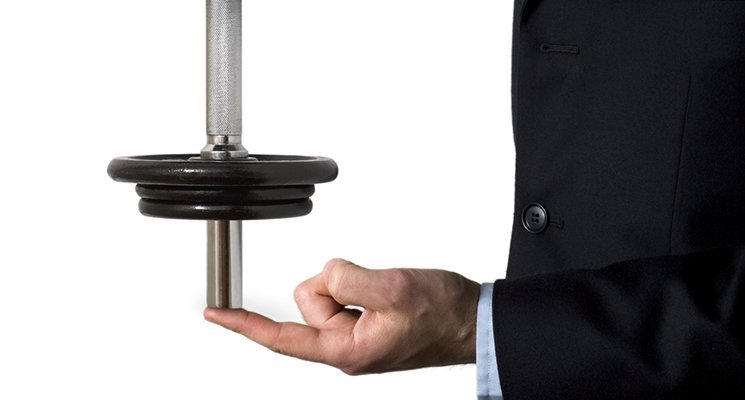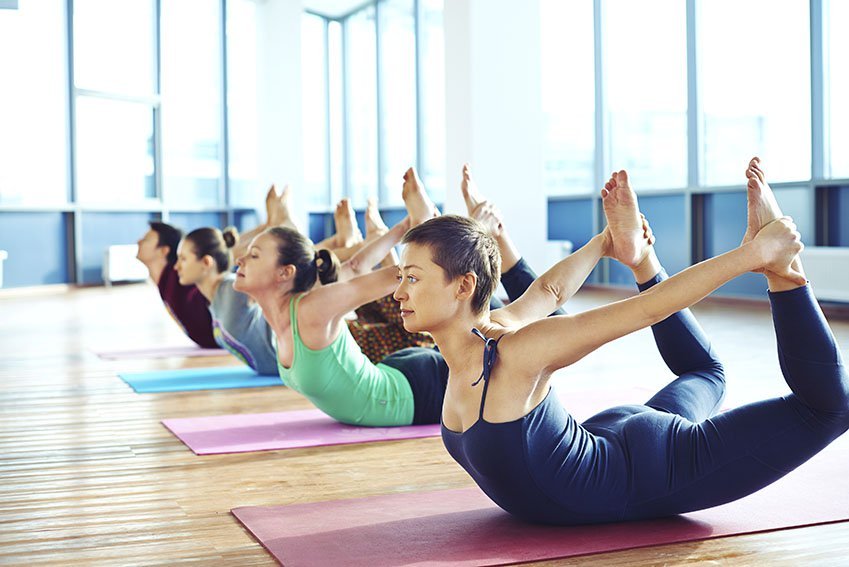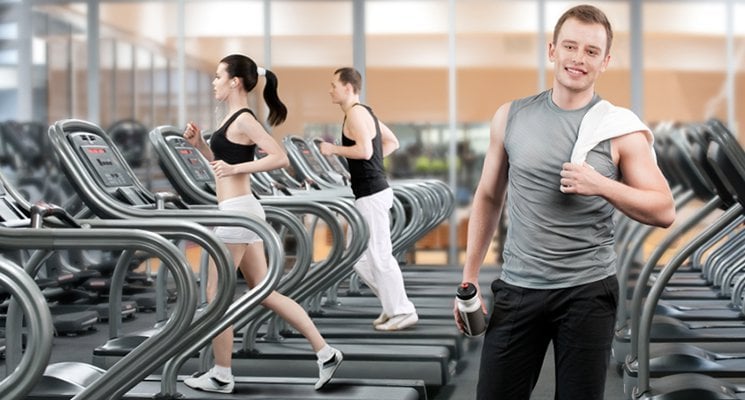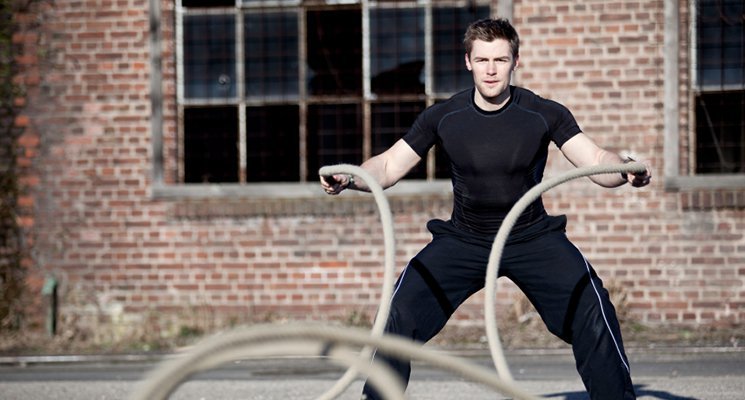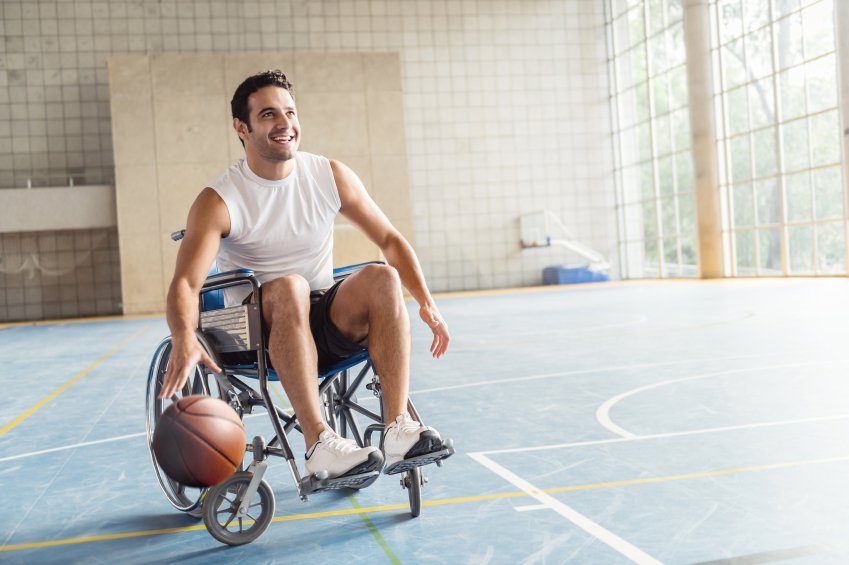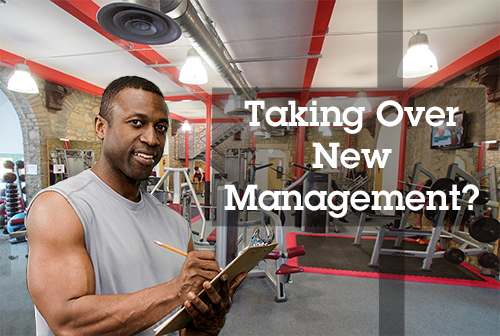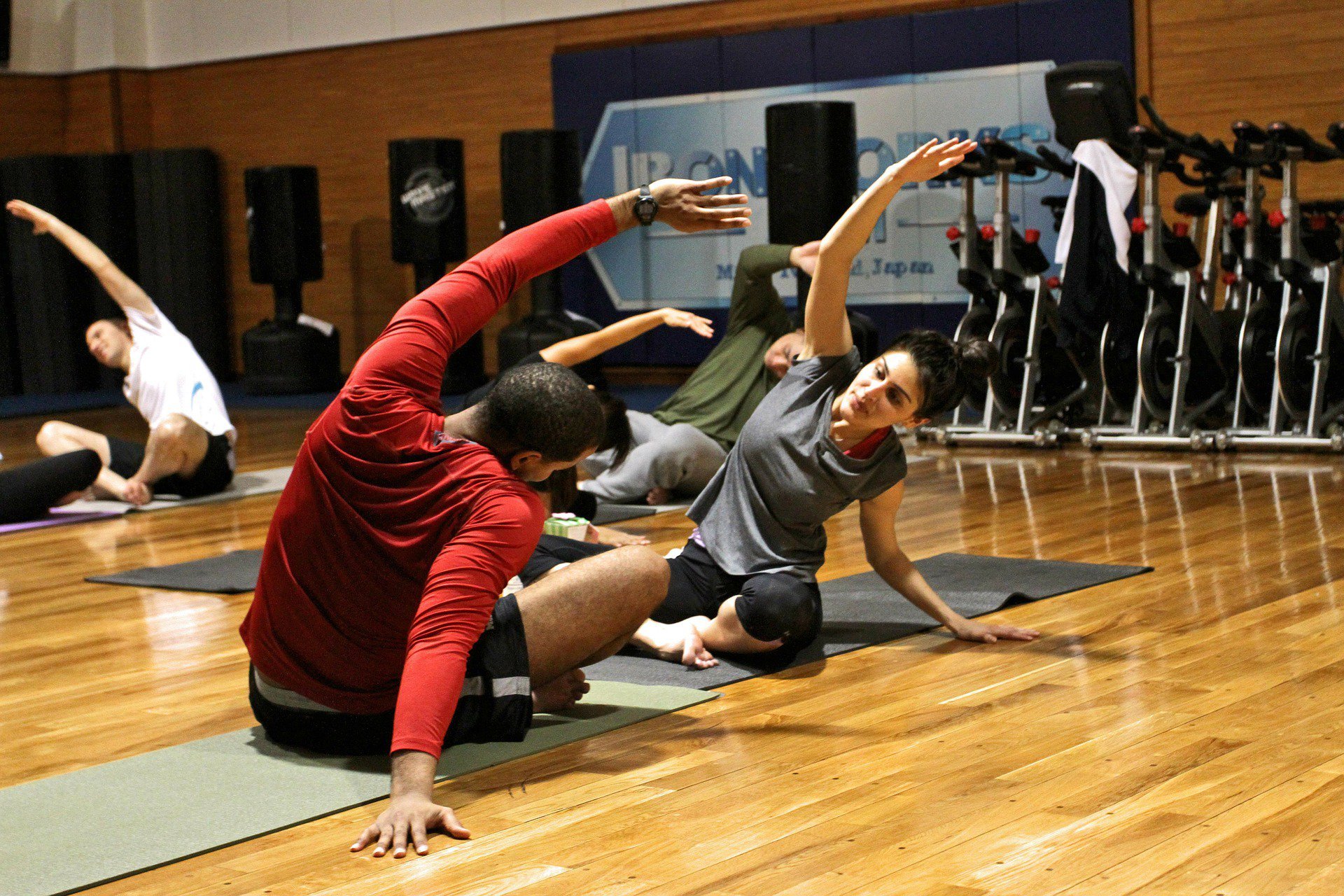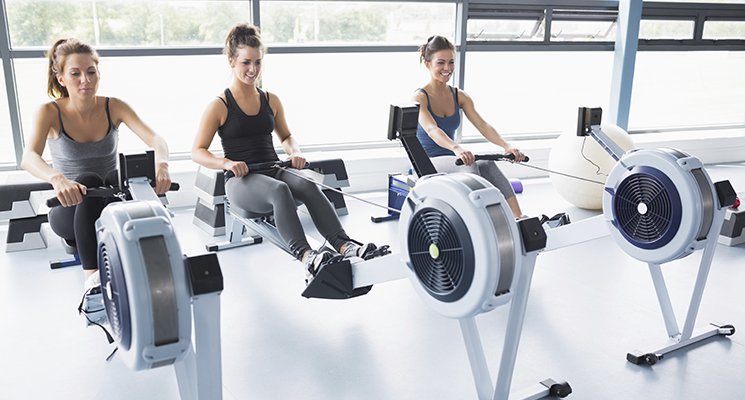As a club owner, how often do you engage with your clients and staff? While making sure all systems are running smoothly at your club is important, sitting in your office all day just doesn’t cut it. The fact is, it’s the people that make a business thrive and the more you work to nurture these relationships, the more successful your club will be.
When we say “engage” we don’t mean asking for credit card information while selling a membership or package—that’s a business transaction. On the flip-side, walking around the club and simply saying “hi” isn’t enough either. You need to get to know these people who frequent your space. The more you ask about your members, staff, vendors and personal, the more you build a “community” and a place people actually look forward to returning to.
Here are three ways to build strong, long-lasting relationships at your club:
1. Get Personal.
Okay, we don’t mean interrogate, but do ask more personal questions than, “What rep are you on?” Make it your mission to learn about your members. Learn at least one significant thing about each member, and then remember it for the next time they visit. This will show them you don’t think of them as just a number. Ask them about their families; what they like to do on the weekends, what their fitness goals are, or just ask them how they are doing that day. Engaging in a real conversation will go a long way.
2. Be Authentic:
Speaking of real conversations; if you are being fake they will see right through you. Make eye contact, give real responses, and let them know you “see” them and that you care. If they see you walking around to each person asking the same question and responding the exact same way each time, they’re going to know you’re not being genuine.
3. Practice Patience:
If you find yourself dealing with a problematic client, try to see the situation from their perspective before you retaliate. Remember the Golden Rule, “Treat others the way you want to be treated”. We’ve all heard this since grade school, but it really should be practiced in daily life. People lash out for all kinds of reasons. The woman complaining about a cancelled class? This might be the only day she has off from her stressful job. The man complaining that the prices are too high? He may have just lost his job. You never know what people are going through, so treat them the way you would want to be treated if you were having a hard time.
The fact is, you need to get out on that floor and get to know your clients. You can’t sit in the back room and expect the people at your club to feel welcome. Make your rounds, learn about the people that make up your “community” and give them the opportunity to get to know you. The stronger your relationships with your gym community, the smoother your business will run and the more successful you will be.


